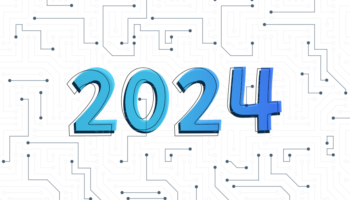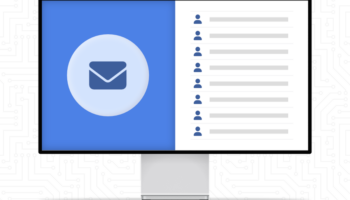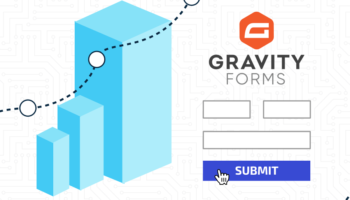Greetings from Inbound Marketing Summit 2011!
My brain is already crammed with lots of great takeaways from this conference and I still have one more day to go! I thought the best place to start digesting some of what I am learning and hearing is right here on this blog – to share with you!
The biggest takeaways from yesterday are things that we talk about on this blog and in our webinars; what I believe is the future of online marketing. The first is the idea of differentiating yourself from your competition by embracing the uniqueness of your company and the second is offering a personalized online experience with your audience in all the stages of the buying and customer cycles.
Being Different is Hard
Yesterday morning, Youngme Moon started the conference off with one of the most thought provoking sessions of the day. Youngme is the Senior Associate Dean at Harvard Business School and author of “Different: Escaping the Competitive Herd“. She presented the importance of differentiating yourself from your competition. She explains that as we try to keep up with the competition, we end up conforming and becoming more like them. The way to do this, she told us, is to embrace what is different about your brand and don’t be afraid to say “no” when everyone else is saying “yes”.
Youngme talked about Ikea; a huge brand that people LOVE. We all know that Ikea is different, it has a unique shopping experience, the store offers a restaurant, and childcare; what other furniture store does that? People LOVE this store and they tell Ikea how much they LOVE the store but they also offer feedback telling them if they could be a little bit more like XYZ Furniture Store they would love it even more. Youngme explains that by offering something less, Ikea is giving customers more. Ikea is really creating a loyal fan base where they see Ikea as irreplaceable; there is no substitute.
Similar case studies were shared that described different companies’ visions to really stand apart from the competition, be proud and profitable while being different. Although it’s hard and sometimes uncomfortable, Youngme reminded us that in order to get some traction, it requires some friction. Differentiation comes from lopsidedness and from resisting the temptation to “over-listen” to customers. The hardest part of being different, however, is having an idea on how to be different.
Presenting Your Unique Qualities
The idea of presenting uniqueness also came up during a breakout session presented by Bret Peters, a Partner at Fig Leaf Software. He spoke of some case studies where the brand had a unique offer but chose a creative way to present that content to reach their individual marketing goals. One case study that really stuck out to me is how the American Association of Museums changed the way they presented their premium-only content. Previously, the user had no access to see what the premium content was unless they logged in first. To try an increase memberships, American Association of Museums created an internal Google Search and allowed all of their content to be searchable. However, if one of the results was distinguished as premium content, the user would navigate to a log in page. By making this change they saw an 8% increase in membership in the first month!
What makes your brand unique? Are you taking advantage of it and presenting it to your audience in a creative and captivating way? How are you differentiating yourself from your competition without conforming?
Personalization is the Future of Web
One of the sessions yesterday was “Inbound Marketing 2.0” presented by Brian Halligan, CEO & Founder of Hubspot. He explained the idea behind Inbound Marketing 2.0 is really about creating a “Segment of 1” as a web experience for each individual user.
At Hall, we talk a lot about developing unique content for all your different audience types. Once you are able to identify who you are talking to, you can speak more intimately to their needs and specific challenges, which, in result, can lead to improved conversion rates. Think about your website and what you know about the audience that visits it. Some people are researching, some are buying, some are even your current customers.
Brian used examples like Netflix and Pandora; where, once you’re logged in, you are given suggested music to listen to or movies to watch based on what you already like. These websites adapt to your own personal preferences. The experience offered makes the user more likely to continue to use these services because they make it easy to consume information that you like.
The idea of “personal experience” also reminds me of when I worked at Walt Disney and helped kicked off the “Year of a Million Dreams.” Throughout the year, cast members sought out a guest and gave them a “dream” or something special. Though it might have been something small like a free cast member pin, the experience was something unique to a single person or family, but made a memorable impact. This is what encourages word of mouth marketing and customer loyalty.
In all your marketing mediums; website, social networks, email, mobile, direct mail, don’t send one broad message. Segment your audience – get as granular as your data allows – be direct and speak to the individual needs of each segment. Think of your website as your “personalization engine” is how Brian Halligan put it. Not only will this likely improve conversions, this will also strengthen relationships between your brand and the customer. From brochureware to interactive experiences, personalization on the web is what we’re moving towards in the future.
What are some ways you can personalize the experience you are offering your audience? Are your sending targeted messages to the right audience?
Lots of good food for thought and I’m sure I’ll be thinking and blogging about these topics more in the future!





